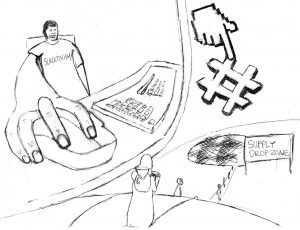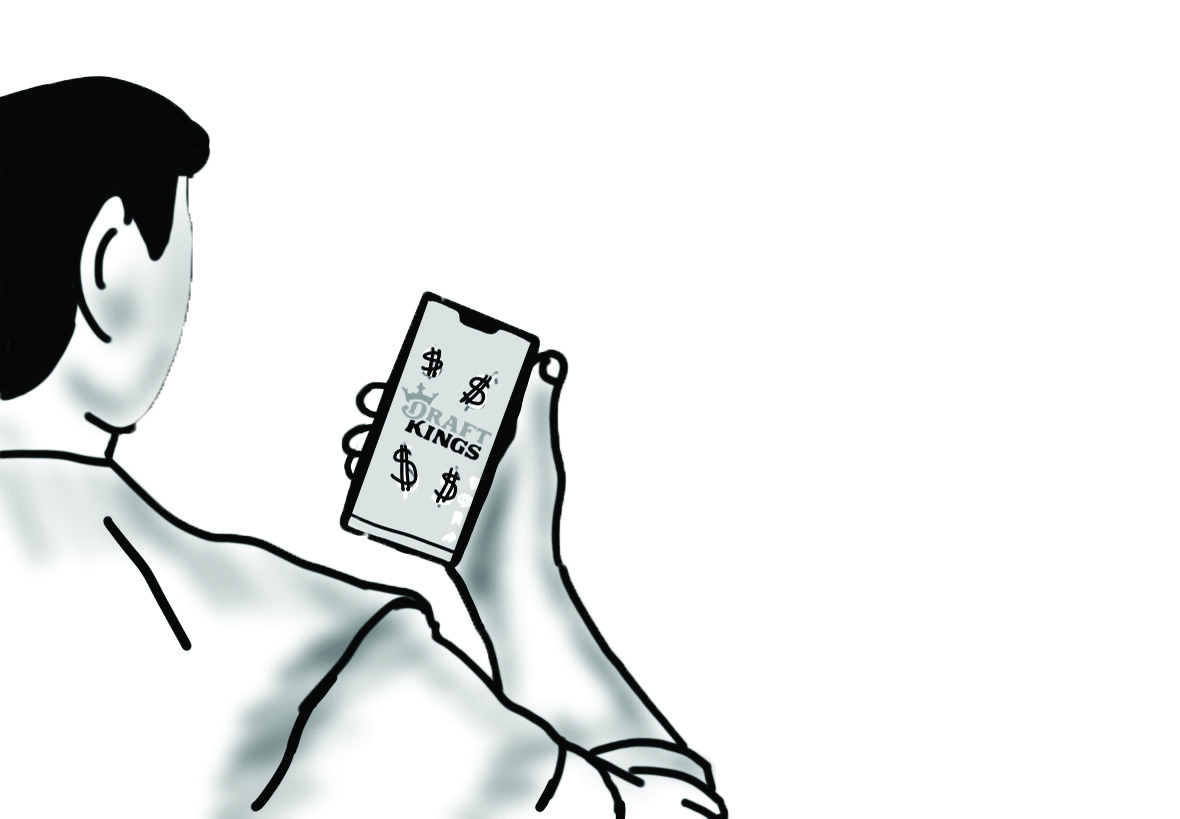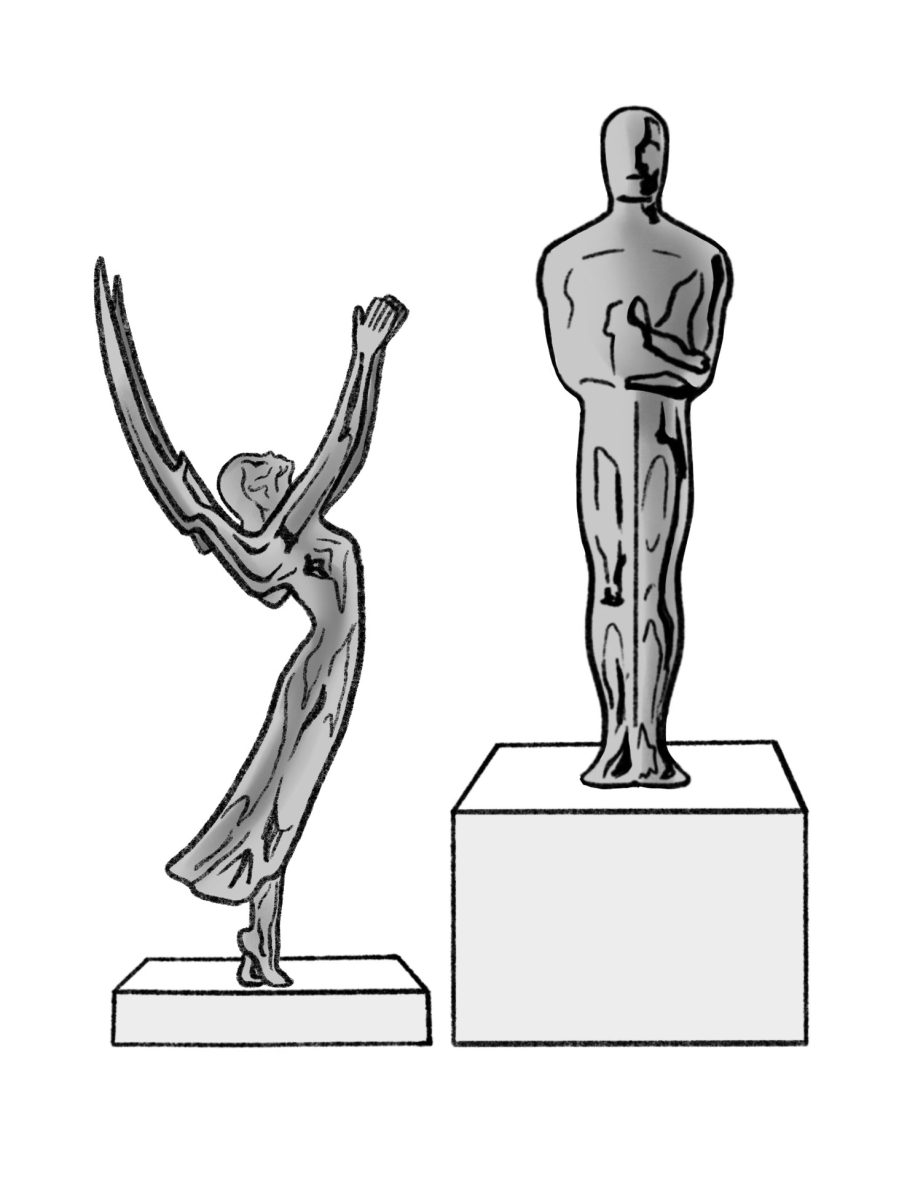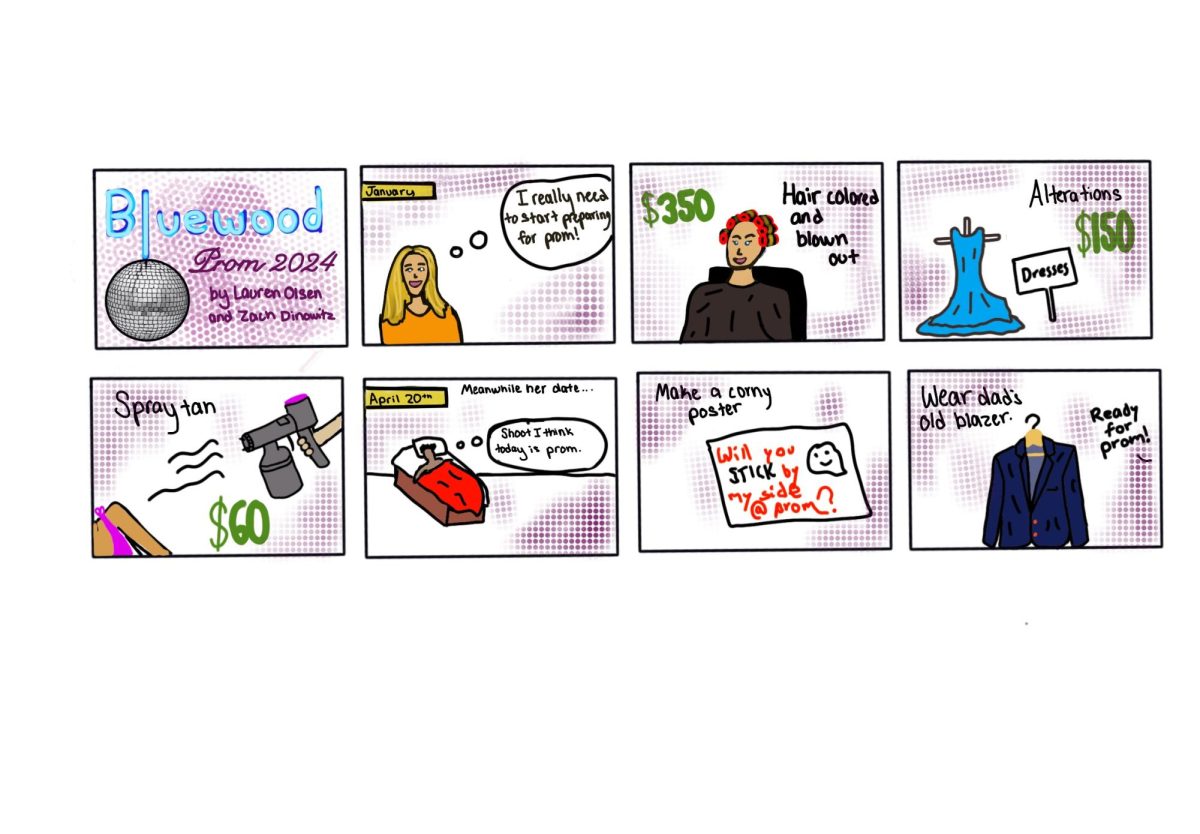Social media is the latest widely-adopted method for spreading awareness about important causes in an instant, and often worldwide scale. But while social media may enlist people in a cause, in many cases it merely provokes gestures that do little more than provide a sense of self-satisfaction based upon the impression of activism.

What can someone really do with a click? Yes, one can ‘like’ a page to end world hunger or ‘Instagram’ a picture in support of women’s rights in the Congo (with the popular hashtag, #CongoPeace), but does that actually contribute to the cause as much as – for example – volunteering time or raising money?
Many seem to believe that liking a Facebook page and retweeting for a cause is enough to make change. Social media ‘slacktivism’ is, in its worst form, fraudulent and only feeds the pseudo-activists’ feelings of self-worth. Social media activism is a great tool, but it is sometimes used to give an illusion of a solved problem when no change has occurred.
Slacktivism is defined by the Webster Dictionary as “actions performed via the Internet in support of a political or social cause but regarded as requiring little time or involvement.” A 2014 study published by the Journal of Sociological Science concluded that social media slacktivism only creates a facade of support for a cause.
This study analyzed records on the donation and recruitment activity of 1.2 million members of the Save Darfur from Genocide Facebook “cause” page to observe the effectiveness of social media activism.
According to the study, “Neither recruitment nor donation results were impressive: most individuals in our data set recruited no one else into the Cause and contributed no money to it.”
Out of the over one million people who signed up, fewer than 3,000 donated, raising around $90,000 over three years, compared to other Darfur campaigns outside the realm of social media which, in total, raised over one million dollars in 2008 alone.
Although the symbolic impact of the social media Save Darfur campaign may have been powerful due to the millions who joined the page, only a small percentage engaged in any “active and involved” participation beyond liking the page.
The limits of social media slacktivists’ half-efforts are also apparent in a more recent study. According to a 2014 Pew Research Center study, only 18 percent of the 2,253 adult participants took action on a widely-known political or social issue after reading about it on a social networking site.
This large statistical gap between those who know about a cause and those who actually do something to support the cause is not entirely unexpected, given the very minimal level of commitment required when someone is newly aware of the issue.
However, if the ‘click’ becomes the final gesture, few positive results can be expected. Social media enables a click culture of ‘likes’ and superficial gestures which undermine its real potential to bring change.
















